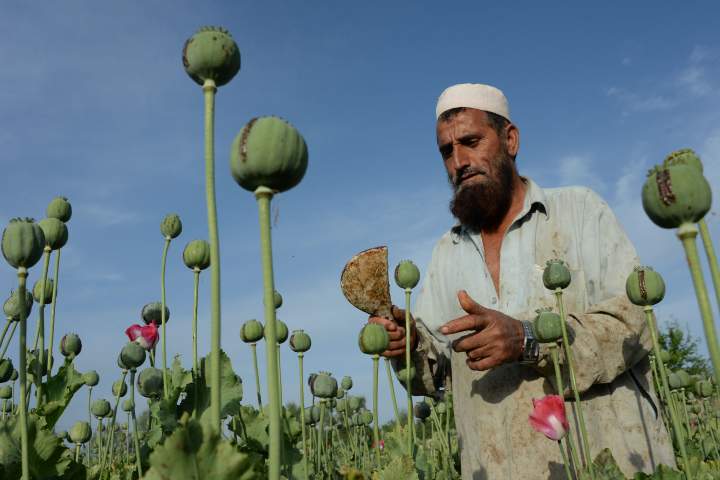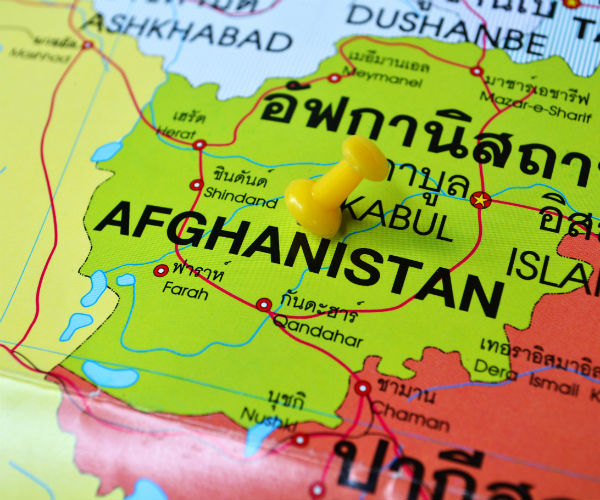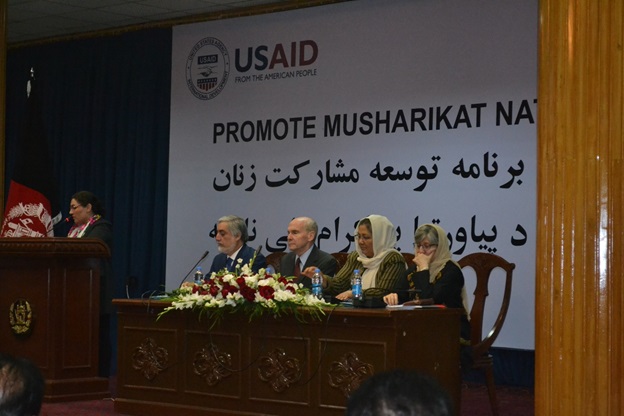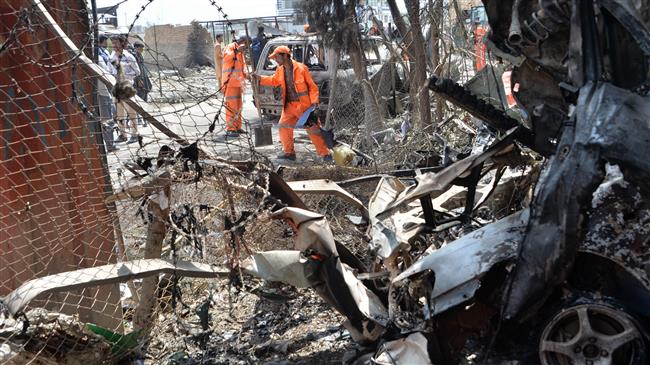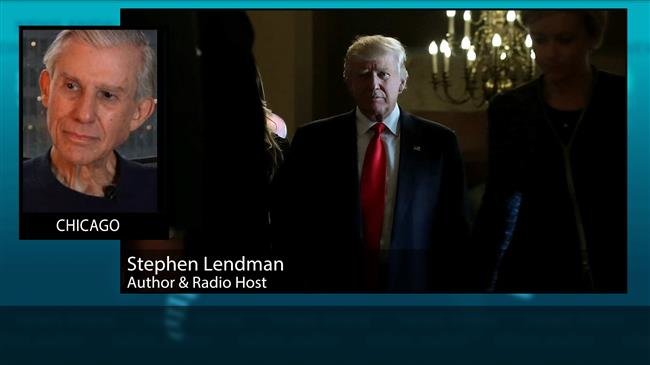After hundreds of airstrikes failed to curtail the Taliban’s $200 million-a-year opium trade, the U.S. military quietly ended a yearlong campaign that targeted drug labs and networks laced around the Afghan countryside.
Publish dateSaturday 23 February 2019 - 17:48
Story Code : 180204
AVA- The end of the operation, code-named Iron Tempest, comes as Trump Administration officials engage in direct peace talks with Taliban leaders that could end the 17-year-old war.
The U.S. military first began targeting Taliban narcotics facilities with airstrikes and Special Operations raids in November 2017 when opium production jumped to record highs in Afghanistan. At the time, U.S. commanders estimated the Taliban operated up to 500 drug labs, which helped fuel their nearly two-decade long insurgency.
Since then, U.S. and Afghan warplanes have launched more than 200 strikes aimed at disabling Taliban narcotics production, processing, trading and transportation networks. Yet the drug trade thrived. So, over time, the U.S. halted the number of air raids. Only two strikes took place over the last three months of 2018, which marked the end of the campaign, according to the latest Defense Department Inspector General’s report.
The military’s strategy became the latest high-priced failure to slow endemic poppy cultivation and drug trafficking in Afghanistan. The U.S. has spent $8.9 billion in U.S. counter-narcotics efforts since 2001, yet the war-torn country has consistently produced about 85% of the world’s illicit opium supply.
In total, the air campaign barely dented the drug enterprise. The strikes denied the Taliban an estimated $42 million, while denying about $200 million to “those involved in the illegal drug trade in Afghanistan,” according to a Special Inspector General for Afghanistan Reconstruction (SIGAR) report published in January. However, the U.S. government watchdog said it’s difficult to determine financial impact with any certainty because “no ground verification takes place to weigh and assess the amounts of the precursors or products actually destroyed by an airstrike.”
Meanwhile, opium production in Afghanistan hit record highs over the past two years. The U.N. reported 1,015 square miles of net poppy cultivation in 2018, resulting in 6,400 tons of opium production. That’s more than double than when the U.S. invaded in 2001. Narcotics trafficking is so pervasive that senior Afghan security leaders and provincial authorities often control drug networks in the country’s western, southwestern and northern regions, SIGAR said.
For many years, opium syrup derived from Afghanistan’s vast poppy fields was smuggled into other countries to be processed into heroin or morphine. Now much of that refinement takes place in crude facilities around Afghanistan. The Taliban, which once forbid poppy cultivation before being toppled from power by the U.S. in 2001, seized upon the drug market. Opium trafficking is estimated to make up 65% of the Taliban’s income, according to U.S. officials.
The U.S. military first began targeting Taliban narcotics facilities with airstrikes and Special Operations raids in November 2017 when opium production jumped to record highs in Afghanistan. At the time, U.S. commanders estimated the Taliban operated up to 500 drug labs, which helped fuel their nearly two-decade long insurgency.
Since then, U.S. and Afghan warplanes have launched more than 200 strikes aimed at disabling Taliban narcotics production, processing, trading and transportation networks. Yet the drug trade thrived. So, over time, the U.S. halted the number of air raids. Only two strikes took place over the last three months of 2018, which marked the end of the campaign, according to the latest Defense Department Inspector General’s report.
The military’s strategy became the latest high-priced failure to slow endemic poppy cultivation and drug trafficking in Afghanistan. The U.S. has spent $8.9 billion in U.S. counter-narcotics efforts since 2001, yet the war-torn country has consistently produced about 85% of the world’s illicit opium supply.
In total, the air campaign barely dented the drug enterprise. The strikes denied the Taliban an estimated $42 million, while denying about $200 million to “those involved in the illegal drug trade in Afghanistan,” according to a Special Inspector General for Afghanistan Reconstruction (SIGAR) report published in January. However, the U.S. government watchdog said it’s difficult to determine financial impact with any certainty because “no ground verification takes place to weigh and assess the amounts of the precursors or products actually destroyed by an airstrike.”
Meanwhile, opium production in Afghanistan hit record highs over the past two years. The U.N. reported 1,015 square miles of net poppy cultivation in 2018, resulting in 6,400 tons of opium production. That’s more than double than when the U.S. invaded in 2001. Narcotics trafficking is so pervasive that senior Afghan security leaders and provincial authorities often control drug networks in the country’s western, southwestern and northern regions, SIGAR said.
For many years, opium syrup derived from Afghanistan’s vast poppy fields was smuggled into other countries to be processed into heroin or morphine. Now much of that refinement takes place in crude facilities around Afghanistan. The Taliban, which once forbid poppy cultivation before being toppled from power by the U.S. in 2001, seized upon the drug market. Opium trafficking is estimated to make up 65% of the Taliban’s income, according to U.S. officials.
avapress.net/vdce778zejh8vwi.1kbj.html
Tags
Top hits
